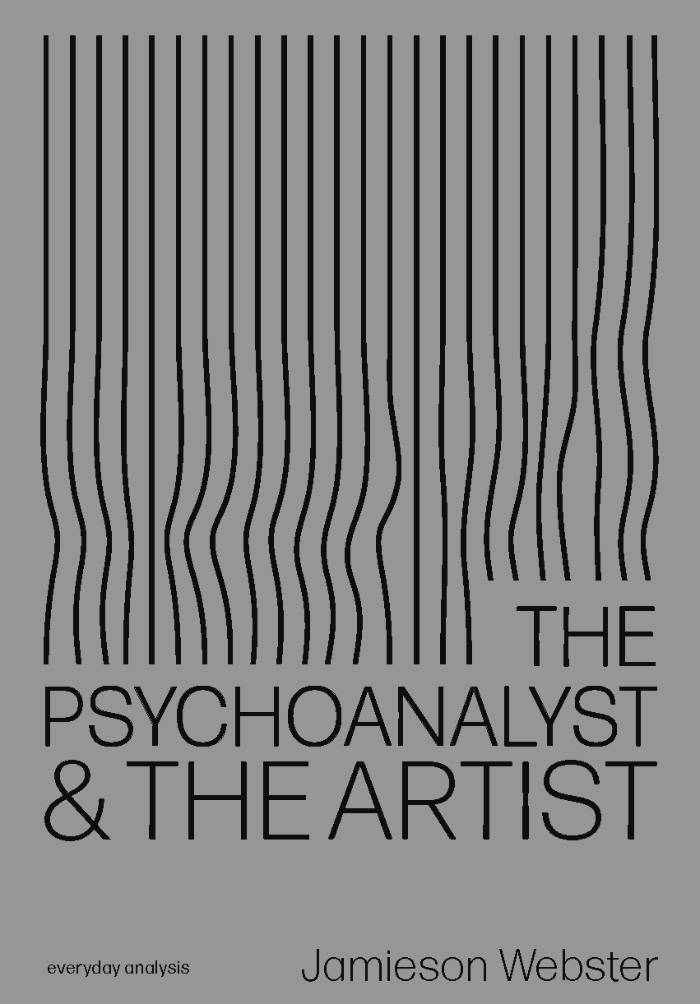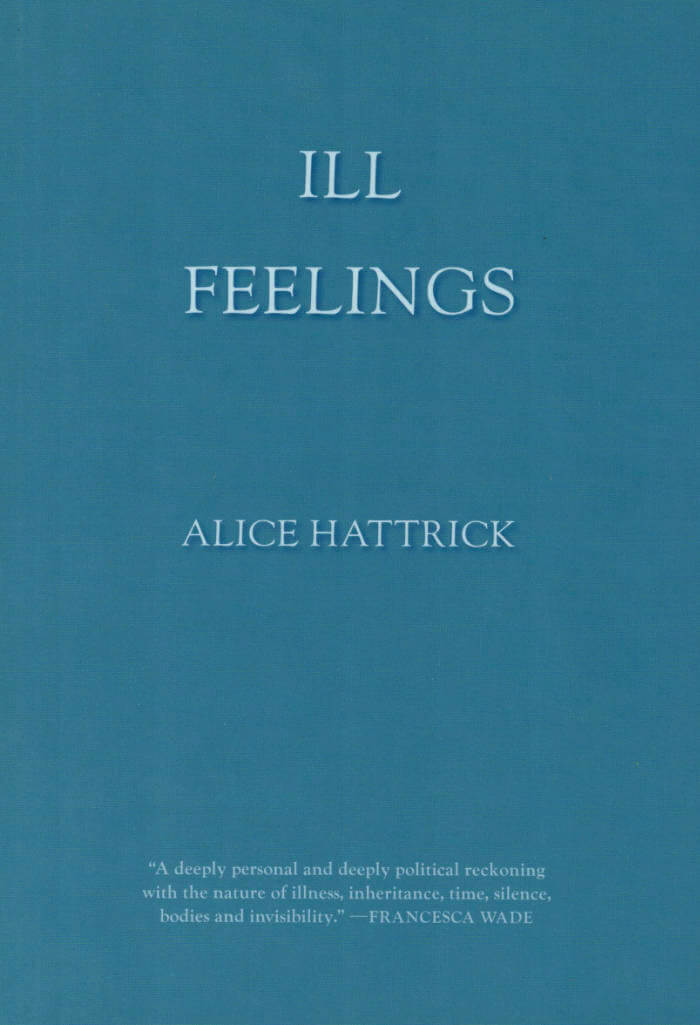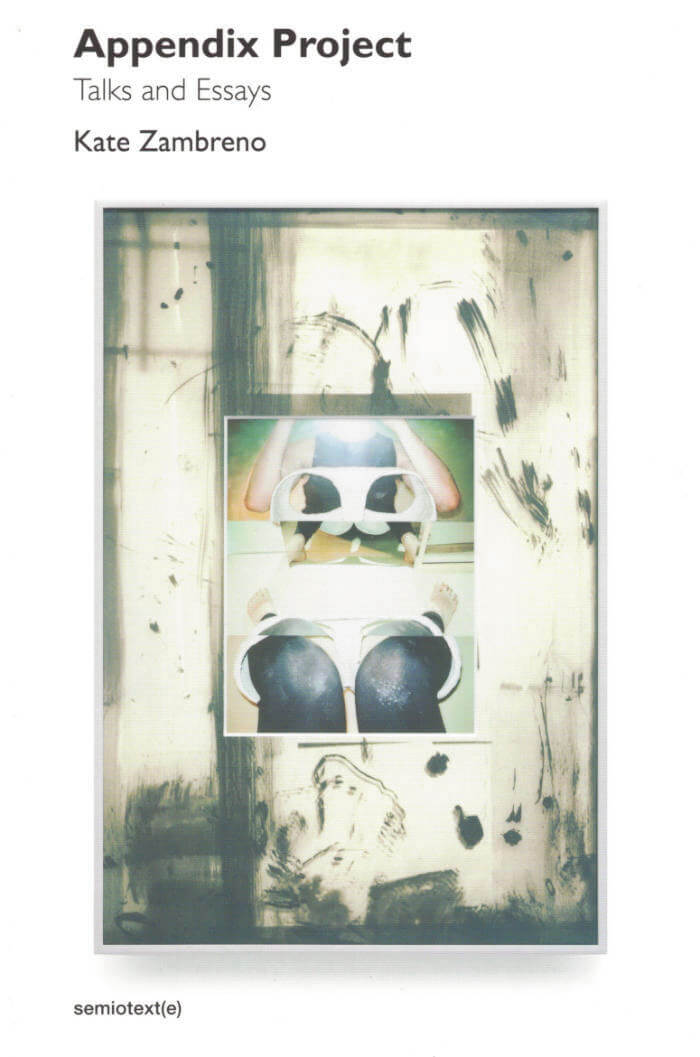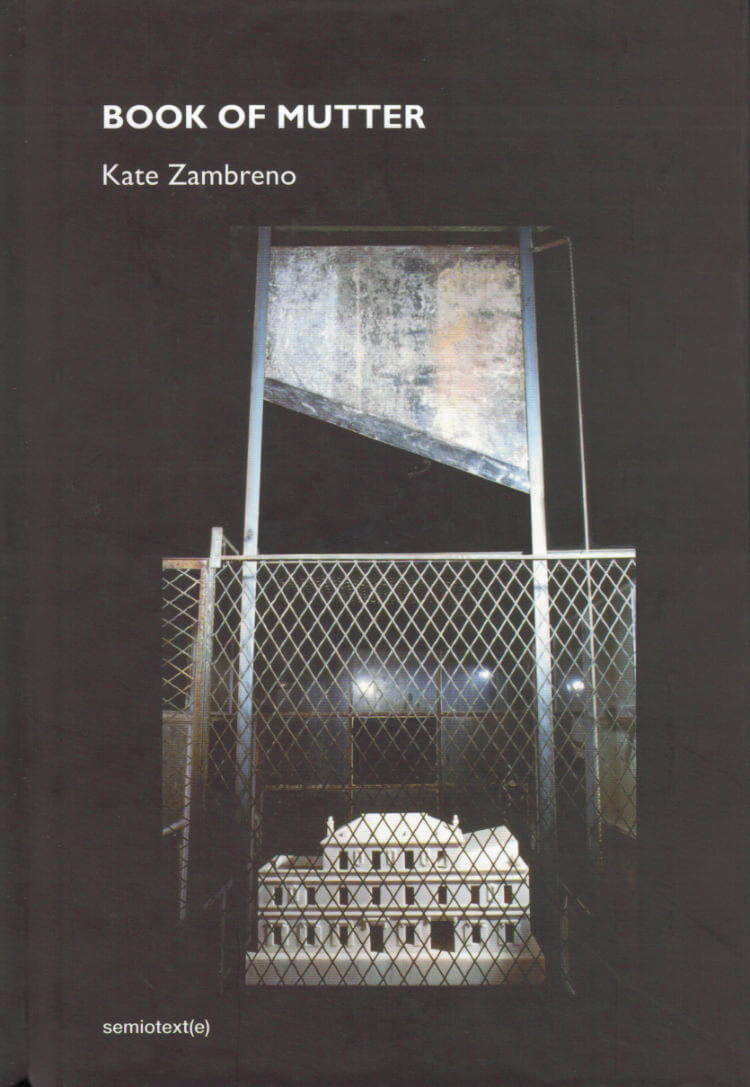Louise Bourgeois
Louise Bourgeois

Les Fleurs
Louise Bourgeois' flowers series, painted in gouache on paper.
Born in Paris in 1911 and a New Yorker since 1938, Louise Bourgeois created a unique oeuvre—that owes no allegiance to 20th-century "isms"—in the course of a career than has spanned more than 60 years. Psychologically charged and dealing with the realm of human emotion (love, desire, dependency, sexuality, rejection, jealousy, and abandonment), her art is grounded in her own life and experience: "My goal is to re-experience a past emotion … to relive anxiety … anxiety is a passive state, and the object is to be active and take control." Yet Louise Bourgeois did not create an autonomous universe as an artistic hermit. While her art is nourished by personal experience, it also draws from art and art history—a wellspring of inspiration from which she developed her themes, concepts, and approach to media in both two- and three-dimensional works.
And more

The Psychoanalyst And The Artist
In these essays, New York psychoanalyst and author Jamieson Webster considers the relationship between the studio and the psychoanalyst's couch. From the scopophilic instinct of the viewer and the artist's anticipation of it to the pursuit of perfection and it's connection to the girl-child's curiosity about her mother's body, she asks us to think about art and analysis as connected practices. Focusing on Carroll Dunham and Louise Bourgeois, she argues for an embrace of our wildest symptoms in theory and in art.

Book of Mutter
Book of Mutter is a tender and disquieting meditation on the ability of writing, photography, and memory to embrace shadows while in the throes — and dead calm — of grief. It is both primal and sculpted, shaped by the author’s searching, indexical impulse to inventory family apocrypha in the wake of a mother’s death. The text spirals out into a fractured anatomy of melancholy that includes critical reflections on the likes of Roland Barthes, Louise Bourgeois, Henry Darger, Theresa Hak Kyung Cha, Peter Handke, and others. Zambreno has modelled the book’s formless form on Bourgeois’s Cells sculptures – at once channelling the volatility of autobiography, pain, and childhood, yet hemmed by a solemn sense of entering ritualistic or sacred space.
Neither memoir, essay, nor poetry, Book of Mutter is an uncategorisable text that draws upon a repertoire of genres to write into and against silence. It is a haunted text, an accumulative archive of myth and memory that seeks its own undoing, driven by crossed desires to resurrect and exorcise the past.

Appendix Project
Written in the course of the year following the publication of Book of Mutter, and inspired by the lectures of Roland Barthes, Anne Carson, and Jorge Luis Borges, Appendix Project collects eleven talks and essays. These surprising and moving performances, underscored by the sleeplessness of the first year of their child’s life, contain their dazzling thinking through the work of On Kawara, Roland Barthes, W.G. Sebald, Bhanu Kapil, Walter Benjamin, Theresa Hak Kyung Cha, Marguerite Duras, Marlene Dumas, Louise Bourgeois, Doris Salcedo, Jenny Holzer, and more.

Itinéraires Fantômes (box set)
Hélène Cixous, Alexandra Grant
Itinéraires Fantômes is an oracle deck created by Alexandra Grant with Hélène Cixous in celebration of H. Cixous' work.
The Itinéraires Fantômes deck consists of 72 cards in six categories: animots, creatures, and entities that include Those from Below, Those from Above, Those Who Fly/Steal, who travel via Portals, manipulate Messages and Symbols, and have Superpowers. The cards are accompanied by a booklet in English and French.
The images on these cards come from family, friends, and artists who have been inspired by Hélène Cixous' writing. Artists include: Adel Abdessemed, Pierre Alechinsky, Sara Barker, Gabrielle Berger, Louise Bourgeois, Leonardo Bravo, Maria Bussmann, Sarah Cain, Lewis Carroll, Bertrand Charneau, Maria Chevska, Michael Kennedy Costa, Laura Darbutaitė, Tacita Dean, Edgar Fabián Frías, Jeffrey Gibson, Francisco Goya, Alexandra Grant, Mathew Hale, Simon Hantaï, Johanna Hedva, Roni Horn, Victor Hugo, Hanna Hur, Franz Kafka, YeRin Kim, Lynn Marie Kirby, Jean-Jacques Lemêtre, Colin Lemoine, Laure Prouvost, Elsa Prudent, Addy Rabinovitch, Keanu Reeves, Cindy Rehm, Saranya Siegel-Berger, Shinique Smith, Nancy Spero, Luc Tuymans, Unyimeabasi Udoh, Roger Viollet, Anna Winger.

Ill Feelings
An intrepid, galvanizing meditation on illness, disability, feminism, and what it means to be alive.
In 1995 Alice’s mother collapsed with pneumonia. She never fully recovered and was eventually diagnosed with ME, or Chronic Fatigue Syndrome. Then Alice got ill. Their symptoms mirrored their mother’s and appeared to have no physical cause; they received the same diagnosis a few years later. Ill Feelings blends memoir, medical history, biography and literary nonfiction to uncover both of their case histories, and branches out into the records of ill health that women have written about in diaries and letters.
Their cast of characters includes Virginia Woolf and Alice James, the poets Elizabeth Barrett Browning and Emily Dickinson, John Ruskin’s lost love Rose la Touche, the artist Louise Bourgeois and the nurse Florence Nightingale.

Appendix Project: Talks and Essays
Inspired by the lectures of Roland Barthes, Anne Carson, and Jorge Luis Borges, Kate Zambreno's Appendix Project collects eleven talks and essays written in the course of the year following the publication of Book of Mutter, Zambreno's book on her mother that took her over a decade to write. These surprising and moving performances, underscored by the sleeplessness of the first year of her child's life, contain Zambreno's most original and dazzling thinking and writing to date.
In Appendix Project Zambreno thinks through the work of On Kawara, Roland Barthes, W.G. Sebald, Bhanu Kapil, Walter Benjamin, Theresa Hak Kyung Cha, Marguerite Duras, Marlene Dumas, Louise Bourgeois, Doris Salcedo, Jenny Holzer, and more.

Book of Mutter
A fragmented, lyrical essay on memory, identity, mourning, and the mother.
"Writing is how I attempt to repair myself, stitching back former selves, sentences. When I am brave enough I am never brave enough I unravel the tapestry of my life, my childhood." - from Book of Mutter
Composed over thirteen years, Kate Zambreno's Book of Mutter is a tender and disquieting meditation on the ability of writing, photography, and memory to embrace shadows while in the throes, and dead calm, of grief. Book of Mutter is both primal and sculpted, shaped by the author's searching, indexical impulse to inventory family apocrypha in the wake of her mother's death. The text spirals out into a fractured anatomy of melancholy that includes critical reflections on the likes of Roland Barthes, Louise Bourgeois, Henry Darger, Theresa Hak Kyung Cha, Peter Handke, and others. Zambreno has modeled the book's formless form on Bourgeois's Cells sculptures—at once channeling the volatility of autobiography, pain, and childhood, yet hemmed by a solemn sense of entering ritualistic or sacred space.
Neither memoir, essay, nor poetry, Book of Mutter is an uncategorizable text that draws upon a repertoire of genres to write into and against silence. It is a haunted text, an accumulative archive of myth and memory that seeks its own undoing, driven by crossed desires to resurrect and exorcise the past. Zambreno weaves a complex web of associations, relics, and references, elevating the prosaic scrapbook into a strange and intimate postmortem/postmodern theater.